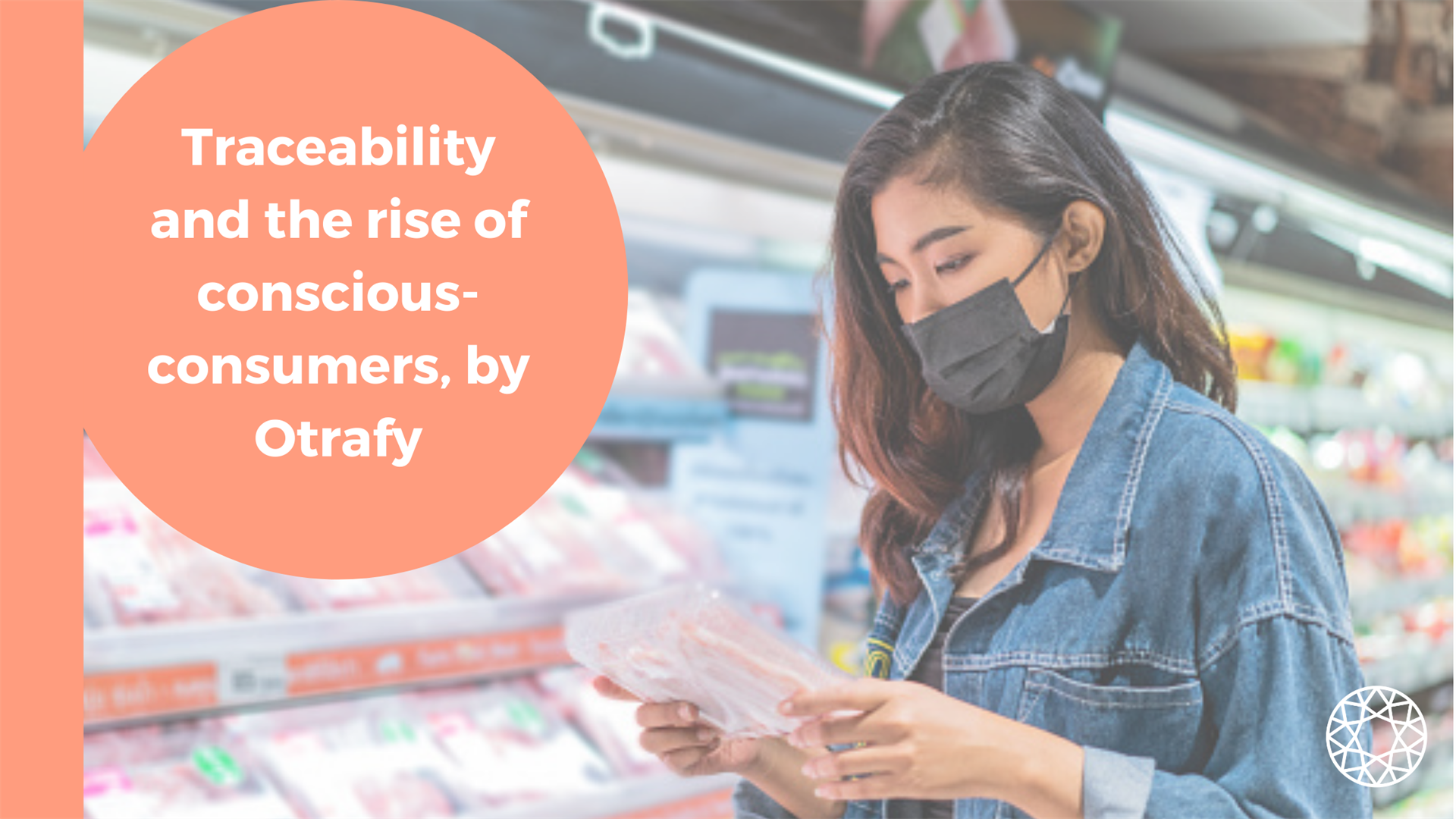
Increasing consumption has been a known pattern from the beginning of our history. Only recently, however, a new type of consumer has emerged — the conscious consumer. This consumer is interested in the formulation of products, what values it carries and all the information about where the product came from.
These label-readers are shaping the future of the food and beverage industry today. Up next, we will tell you who these people are and what’s important to them, along with a few tips on how to reach today’s consumers.
What is a conscious consumer?
SmartBrief came up with a series of articles designing four consumer archetypes that are shaping the F&B industry. In this content, we will focus on two of them: the health-conscious consumer and the eco-conscious consumer.
These two archetypes often match the same person, but, to quote Melissa Abbott, vice president of Hartman Retainer Services at The Hartman Group, “today’s engaged, health-conscious consumer is increasingly reaching for items that promote gut health, good digestion, reduced inflammation, good neurological function and a healthy metabolism”.
Eco-conscious consumers “are increasingly paying attention to how their food is produced and showing support for businesses that demonstrate care for the environment. From plant-based meat alternatives to waste initiatives and new packaging technologies, restaurants, consumer packaged goods manufacturers and food retailers are all investing in new, innovative ways to give eco-conscious consumers what they’re prioritizing in their food choices”, according to Audrey Altmann, from SmartBrief.
But why is it important to know these two archetypes and build strategies to get to them? According to Nielsen, is expected that by 2021 sustainable-minded consumers in the U.S. will spend $150 billion on sustainable products.
How to reach today’s consumers
Considering the amount that today's consumers are expected to spend to purchase products aligned with their values, it’s important to draw strategies to reach them.
Where does food come from?
That’s the question consumers ask when choosing what to take home. According to a survey by Menu Matters, consumers want nutrition information to be easy to find, as they want to know if the product is fresh and safe and if helps them eat better.
Maeve Webster, from Menu Matters, says that: “additionally, consumers want to understand more about the food, including where it was manufactured, where the ingredients were sourced, and other more emotionally or ethically focused information like company values and practices.”
Therefore, provide labels with relevant information for your consumers in a clear way. The same survey shows that even though labels were redesigned to make information easier to find, only 7% of manufacturers are doing an excellent job at providing that information, so there’s room for improvement.
Get your house in order
We know that quality assurance is responsible for monitoring the entire food production process, ensuring that technical specifications are met, as well as making contact with stakeholders and collecting, storing, and monitoring suppliers' documentation. In short, a lot of work.
A software that helps manage vendor documentation, automating this work, can give quality assurance professionals time to bring improvements to production and be in line with what today's consumers value: information.
Otrafy is an AI-powered supplier management system that manages and optimizes supplier quality assurance. It provides actionable insights to mitigate vendor-associated supply chain risks. Otrafy also allows users to ditch other tools, such as excel and email.
But more than that, Otrafy helps you collect the data consumers want in a readable format with Otraforms. Otrafy does not believe in the “one form to rule them all” theory. Thereby you have the chance to apply all sorts of personalized fields to your Otraforms. Each Otraform field is designed to maximize vendor onboarding efficiency.
These added features mean fewer files, data centralization, and more convenience — all in a single interface. It’s the perfect tool for an environment with growing regulatory requirements and more demanding consumers.
Reach out to info@otrafy.com to know more about us and what we can do for your business.
